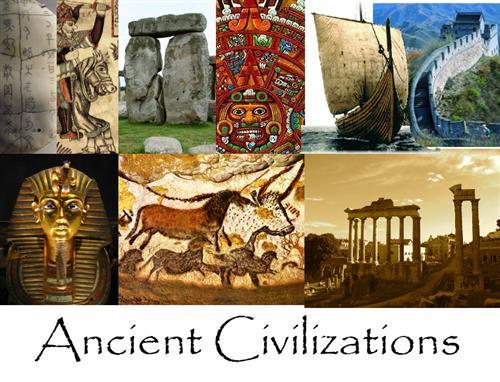
6th Grade General Science
Agenda
What we are learning:
Physical Science: Topic 2: Forces and Motion
In this unit of study, your child will be introduced to forces and how they affect the motion of objects. Your child will learn how velocity, speed, and acceleration are related. Your child will also learn about Newton’s laws of motion and the factors that affect the forces of friction and gravity. In the following weeks of study, the unit will provide your child with a deepening of understanding about forces and motion.
Video Resources:
Bill Nye - Motion
Everything is a grade. We will have notes or handouts daily. Any classwork not completed in class is to be completed for homework to be turned in the next day.
Important Information and Tests
TBD
Quizlet Class Link: Study resource to help prepare for assessments. You can use this link to sign up and join my class!

6th Grade World History
Classwork
What we are learning:
Chapter 2: Studying Geography, Economics, and Citizenship
Students will understand the following benchmarks from the Florida Next Generation Sunshine State Standards:
CIVICS AND GOVERNMENT
ECONOMICS
de.
GEOGRAPHY
Chapter Project: Project Handout
Chapter 2 Project is due November 11th. This date is subject to change. If you have not started on the project, I highly recommend that you start soon as we are nearing the end of the chapter.
Assessments:
tbd
Quizlet Class Link: Study resource for assessments. You can use this link to sign up and join my class.
We're sorry, no profiles were found for this listing.
This site provides information using PDF, visit this link to download the Adobe Acrobat Reader DC software.
